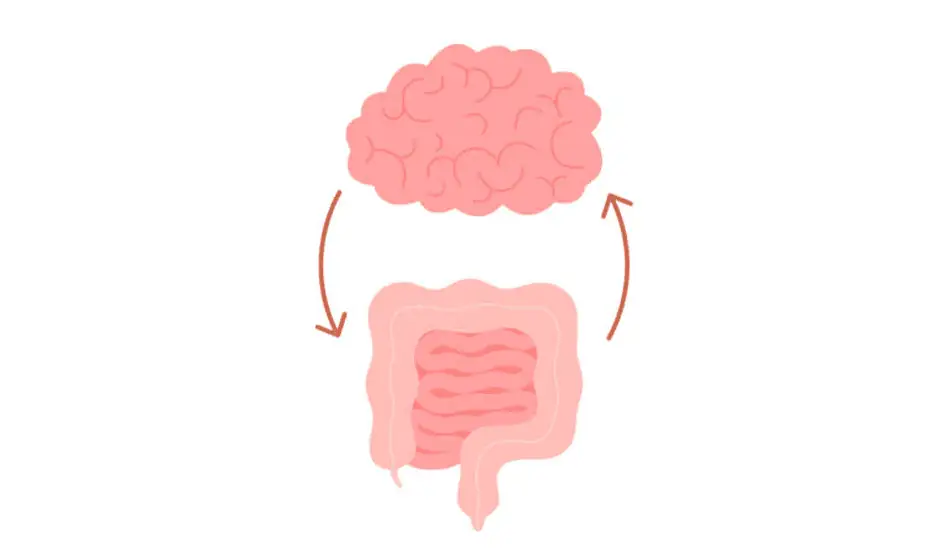In ancient times, people referred to the ringing in their ears as buzzing, whispering or even singing. Today, we call it tinnitus.
Despite being a common medical disorder, tinnitus continues to challenge medical professionals, affecting 5 to 15 percent of the population and significantly impacting their quality of life. Explore the causes, symptoms and current treatment approaches of tinnitus.
What Is Tinnitus?
Tinnitus is a lot more complicated than just ringing in the ears. It is more like a ringing across the brain. Normally, we hear sounds only when they make our eardrums vibrate. The vibrations cause nerve hairs in the inner ear to shiver, and that triggers electric signals that travel along the auditory nerve into the brain.
One of their first stops is a patch of gray matter called the auditory cortex. Each nerve hair is tuned to a particular frequency of sound and excites only certain neurons in the auditory cortex. As a result, the neurons in the auditory cortex form what is known as a tone map. The neurons at one end of the auditory cortex are tuned to low frequencies; the farther you go toward the other end, the higher the tuning of the neurons.
This sound system comes with an elaborate feedback mechanism. Neurons do more than just relay signals forward into the brain. They also signal back down the line, reaching out to neighboring neurons tuned to nearby frequencies, exciting some and muzzling others. These feedback controls allow us to sift through incoming sounds for the most important information, so we are not overwhelmed by meaningless noise.
Ancient Tinnitus Accounts
In some of the world’s oldest medical texts — papyrus scrolls from ancient Egypt, clay tablets from Assyria — people complained about noise in their ears. Some of them called it a buzzing. Others described it as whispering or even singing. Today, we call such conditions tinnitus.
In the distant past, doctors offered all sorts of strange cures for it. The Assyrians poured rose extract into the ear through a bronze tube. The Roman writer Pliny the Elder suggested that earthworms boiled in goose grease be put in the ear. Medieval Welsh physicians in the town of Myddfai recommended that their patients take a freshly baked loaf of bread out of the oven, cut it in two, “and apply to both ears as hot as can be borne, bind and thus produce perspiration, and by the help of god you will be cured.”
Early physicians based these prescriptions on what they believed tinnitus to be. Some were convinced it was caused by wind that got trapped inside the ear and swirled around endlessly, so they tried to liberate the wind by drilling a hole into the bones around the ear or using a silver tube to suck air out of the ear canal. The treatments didn’t work, but they did have an internal logic.
What Causes Ringing in the Ears?
Tinnitus arises when this flexibility goes bad. Things may start to go awry when toxic drugs, loud noises or even whiplash cause damage to the nerve hairs in the ears. The injured nerve hairs can no longer send signals from the ear to the tone map. Bereft of incoming signals, the neurons undergo a peculiar transformation.
They start to eavesdrop on their neighbors, firing in response to other frequencies. They even start to fire sometimes without any incoming signals. As the brain’s feedback controls get rewired, the neurons end up in a self-sustaining loop, producing a constant ringing. That is why tinnitus often doesn’t go away when people get their auditory nerve surgically cut.
(Credit: Voyagerix/Shutterstock)
Effects of Tinnitus
Tinnitus can force people to withdraw from their social life, make them depressed and give them insomnia. It’s not just the auditory cortex that is affected when people get tinnitus. Using brain scans, neuroscientists have found that changes ripple out across the entire brain.
Winfried Schlee of the University of Konstanz in Germany and his colleagues used a method called magnetoencephalography (MEG). MEG allows scientists to detect such changing patterns of activity in the brain 100 times per second.
Schlee and his colleagues found widespread differences in the brains of people with tinnitus and those without it. A network of regions in the brains of people with tinnitus tend to fire their neurons in sync. Schlee has determined that his tinnitus-stricken subjects have a more synchronized pattern of signals coming out of regions in the front and the back of the brain.
Schlee and his colleagues also discovered a more strongly synchronized flow of signals coming into the temporal cortex — a region that includes the auditory cortex — in people with tinnitus.
When Schlee compared people who suffer a lot of distress from tinnitus with those who are not much bothered by it, he found that the more distress people felt, the stronger the flow of signals out of the front and back of the brain and into the temporal cortex. This pattern suggests that Tinnitus extends beyond the ear. It is a disease of networks that span the brain. This complexity may explain why so many different tinnitus treatments work, but only modestly.
Tinnitus and Sound
The auditory cortex is just an early stop on the journey that sound takes from the outside world to our awareness. Some neurons in the auditory cortex extend branches down to the brain stem, where they link to a pair of regions called the caudate nucleus and putamen.
Those regions may be important for processing the signals in several ways, such as categorizing sounds. In 2004, Louis Lowry, an ear-nose-and-throat doctor at Thomas Jefferson University in Philadelphia, discovered that the caudate and the putamen play an important role in tinnitus by studying an unusual patient — himself.
As a young man, Lowry spent a summer working on a farm with a noisy tractor. The experience left him with partial hearing loss and a high-pitched ringing in his ears that plagued him for 40 years. Then at age 63, Lowry suffered a mild stroke. A CT scan and an MRI revealed that the stroke had damaged his caudate and putamen. But the stroke also brought a pleasant surprise. Lowry was completely cured of his tinnitus, without any further hearing loss.
Modern Treatments for Tinnitus
Tinnitus continues to resist medicine’s best efforts, despite being one of the more common medical disorders. Surveys show that between 5 and 15 percent of people say they have heard some kind of phantom noise for six months or more; some 1 to 3 percent say tinnitus lowers their quality of life.
Some modern doctors prescribe drugs like lidocaine. Others offer patients cognitive therapy. Counseling, for example, can make people better aware of the sounds they experience by explaining the brain process that may underlie the disorder, so they can consciously reduce their distress. Some have people listen to certain sounds, others apply magnetic pulses to the brain and even implant electrodes in the brain stem. Some of the most effective treatments for tinnitus appear to work by altering the behavior of the front of the brain.
Christo Pantev of the University of Münster in Germany and his colleagues, for example, have brought some relief to people with tinnitus by rewiring their tone map. To do so, they edited recordings of music, filtering out the frequencies of the ringing in the ears of their patients, who then listened to the filtered music an average of 12 hours per week. Pantev and his collaborators found that their patients’ tinnitus significantly eased. They also found that the neurons tuned to the tinnitus frequency in the auditory cortex became less active.
The scientists cannot say for sure how the filtered music soothed their patients, but they speculate that the incoming signals encouraged the tone map to change its structure. The overactive, eavesdropping neurons became stifled by their neighbors.
Finding a Cure for Ringing in the Ears
Solving the mystery of tinnitus will probably get even more urgent in years to come. Traffic, technology and other features of modern life may cause more hearing damage, hence more tinnitus.
But if a real cure ever comes, it will probably not be a single silver bullet. It will instead attack the tinnitus network from the top-down and bottom-up. For now, though, you should probably skip the hot bread on the ears.
By Carl Zimmer

Offered by our Wellcare World friend at
Trending Also -> Physiotherapy Terahertz Technology TeraMD
Wellcare World specializes in providing the latest advancements in wellness technology, supplementation, and lifestyle changes that improve health and increase the quality of people's lives. To learn more, visit WellcareWorld.com and begin living a better life today.
Share Us With Others









